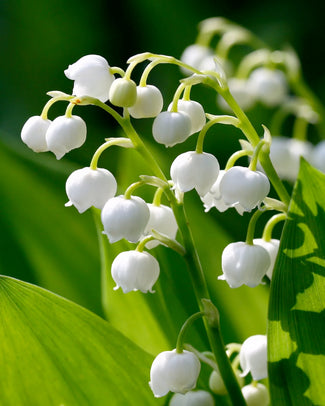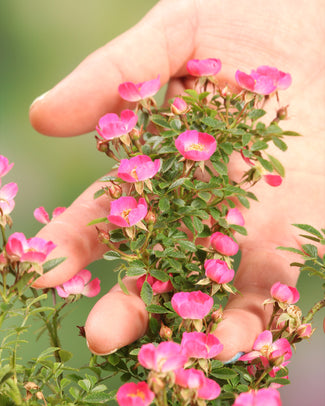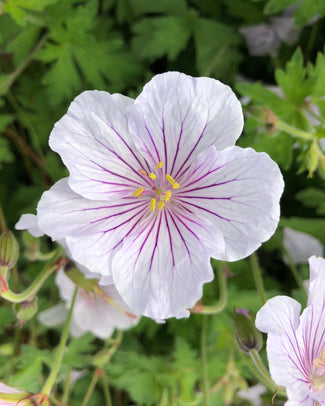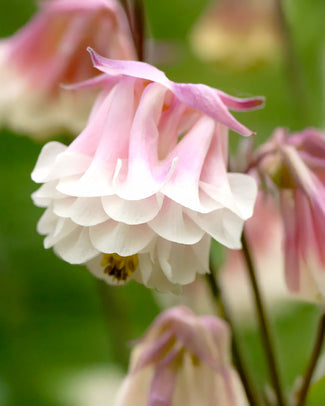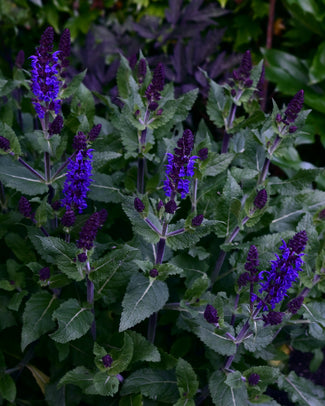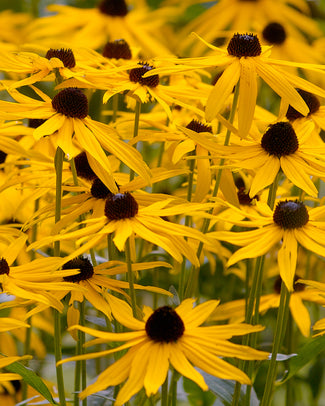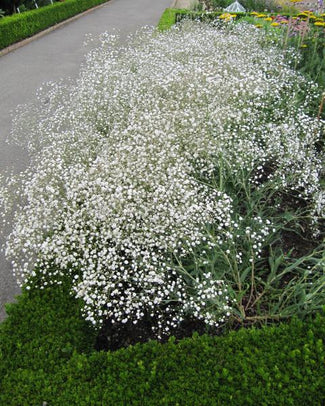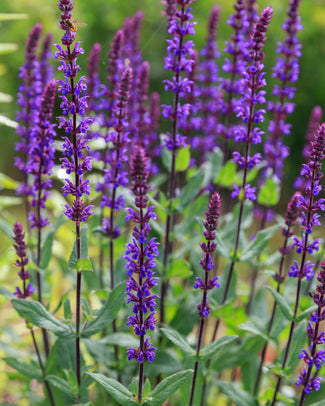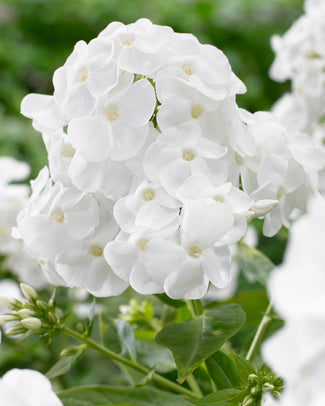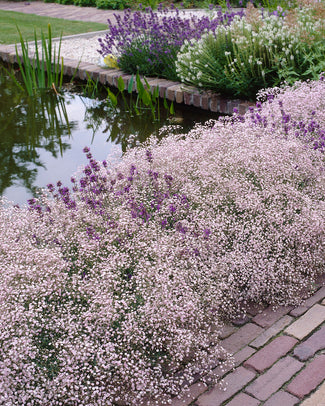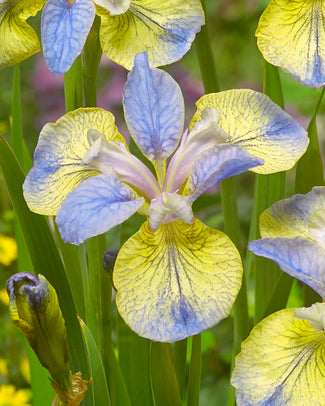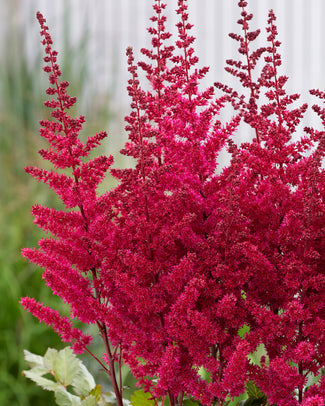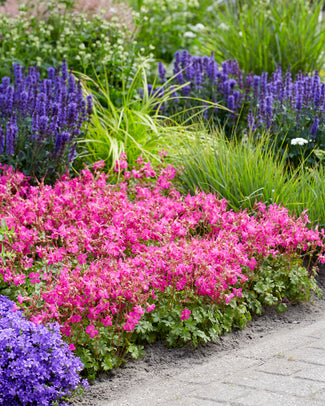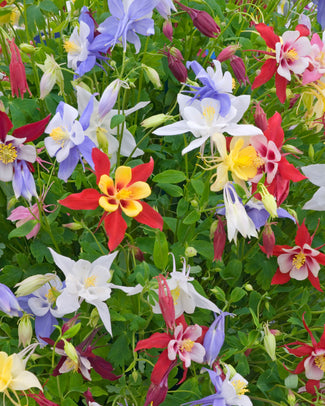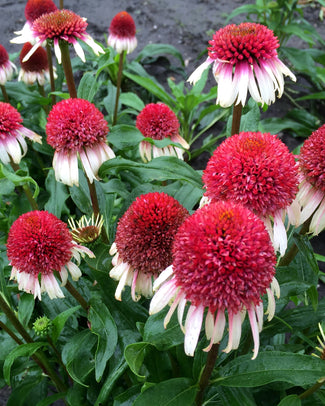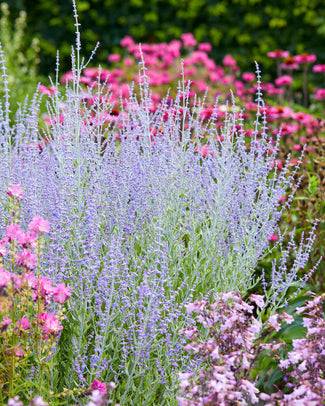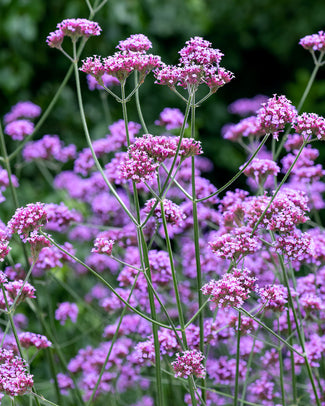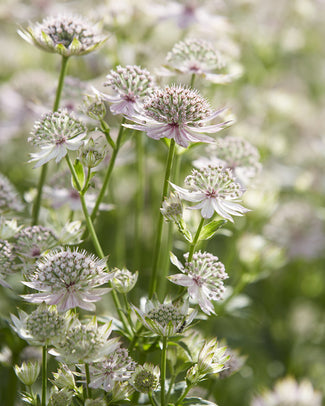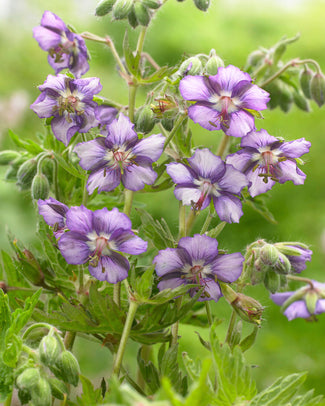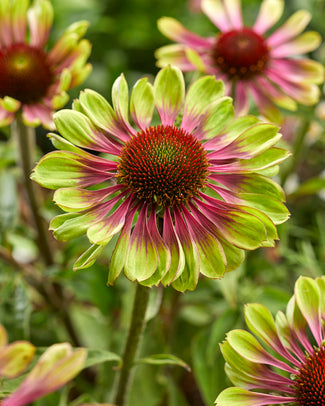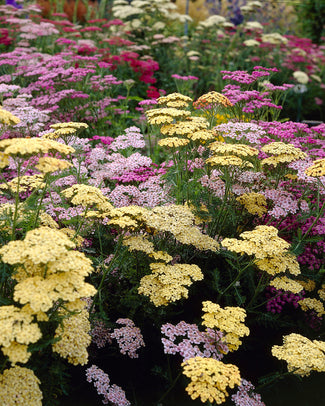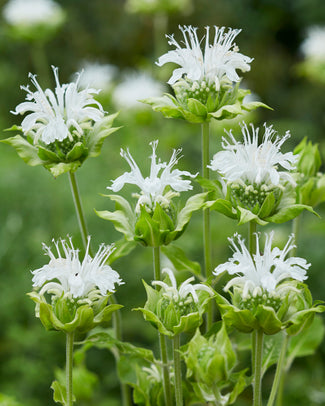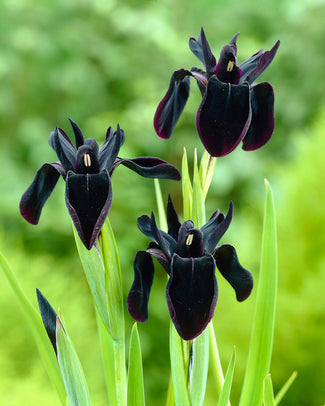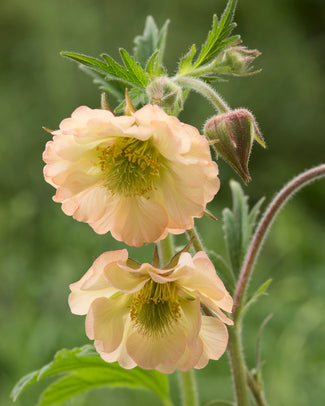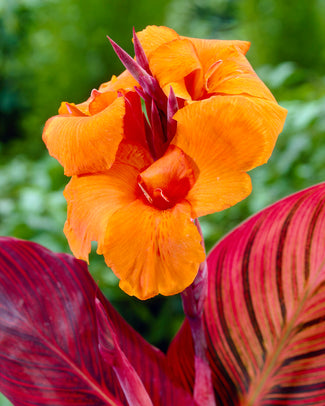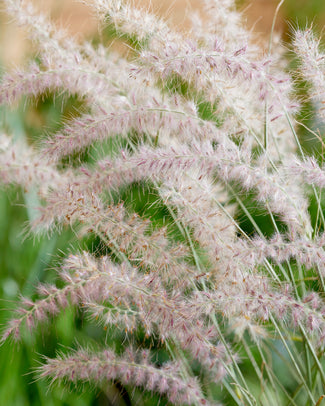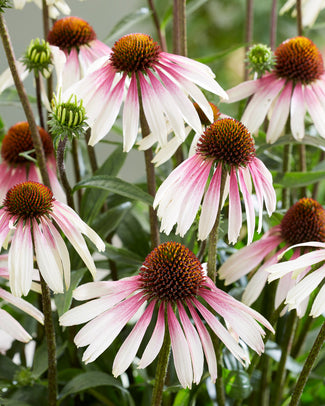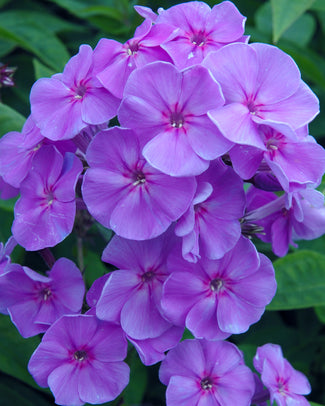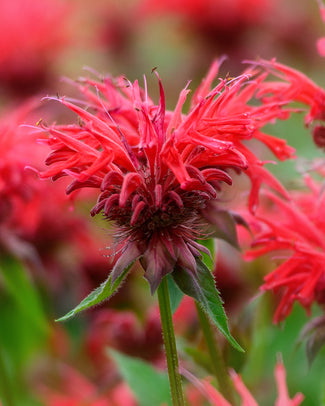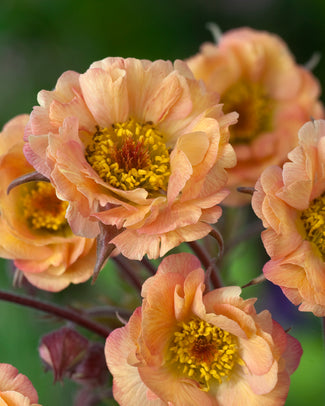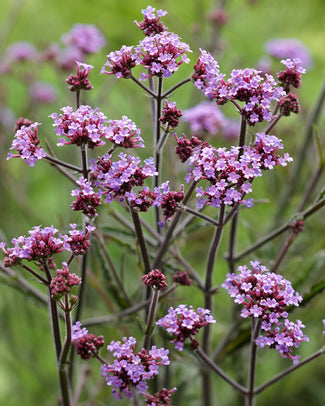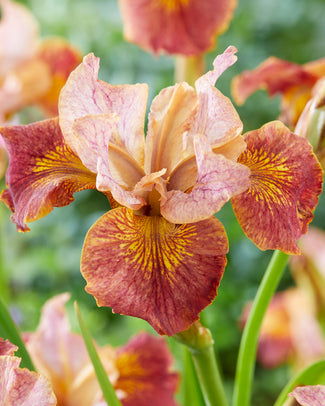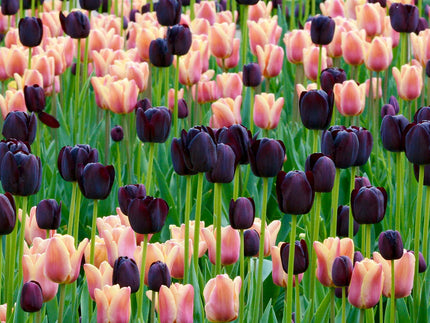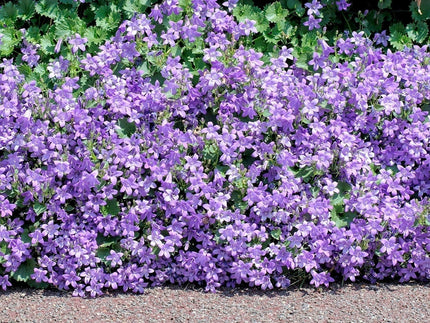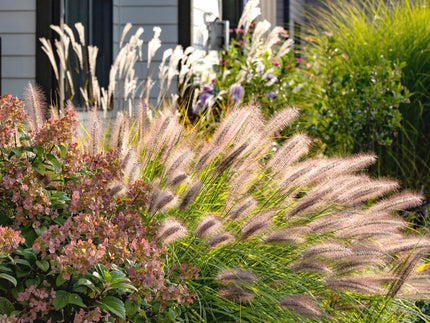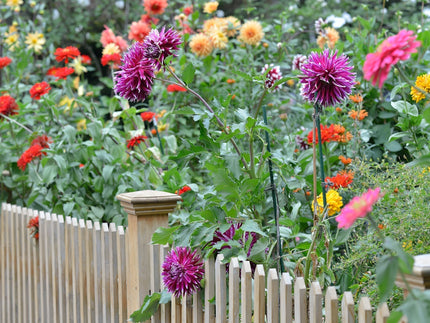How to plant Lobelia
Lobelia is a genus of annuals, perennials, and deciduous or evergreen shrubs grown for their prolific flowers in a wide range of colours, this guide refers to perennial types which are supplied as bare roots. This type has an upright, sturdy habit and brings a long season of interest to borders and containers with attractive flowers and foliage. Growing to a height of around 30-50cm, they’re best located towards the middle of a wide border, or closer to the back of a narrow border.
How to plant
- Plant Lobelia bare roots in spring between February and May, ideally within a week of delivery.
- Soak the roots in water for 3-6 hours prior to planting. Pot into temporary 2 litre (or 15-20cm diameter) pots, using a good quality multi-purpose compost.
- Plant with the roots submerged and with the top of the root system just level with the soil surface. Any shoots or leaves which have emerged already should be left exposed above the soil surface.
- Grow them on in a sheltered spot outside. They can be transplanted to suitable growing positions after 2-4 months or once growth is established and the plants easily come out of the temporary pots with the soil held together by the roots. When roots are visible through the holes in the bottom of the pot, the plants should be transplanted.
- When they’re ready to plant into the garden, choose a position in full sun or partial shade. Lobelia prefers a moist but well-drained soil. It can grow well in maintained borders or large patio containers.
- As with all young plants, monitor your new plantings for pest damage and remove any unwanted growth from other plants in the border to reduce competition.
- This perennial is fully hardy and does not require winter protection.
- Water-in after planting and keep hydrated when in growth, particularly during the first year.
Aftercare
- Deadhead Lobelia through the summer season to prolong flowering.
- Lobelia can be cut back by half mid-season to maintain a bushier habit and encourage a second flush of flowers later in the season.
- In autumn, the plant will naturally start to fully die back. At that point, you can cut it right back to around 10cm above ground level and it will remain dormant for winter. The following spring, new growth will start to emerge.





















































































































































































































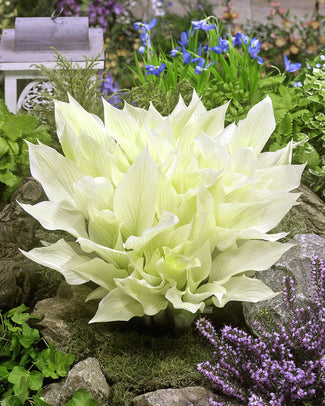
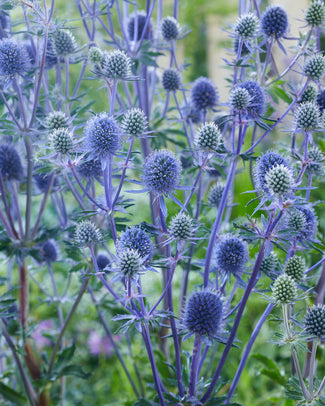
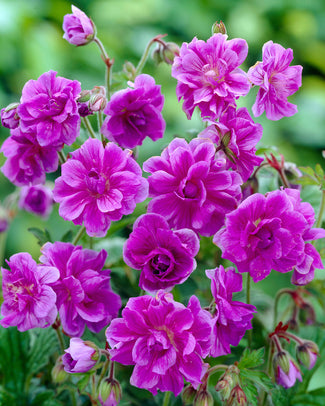
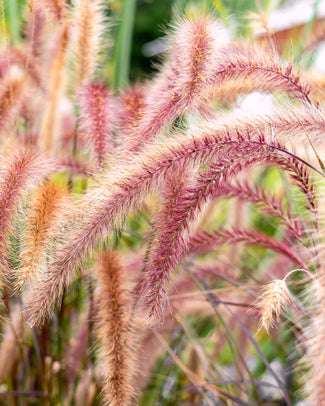
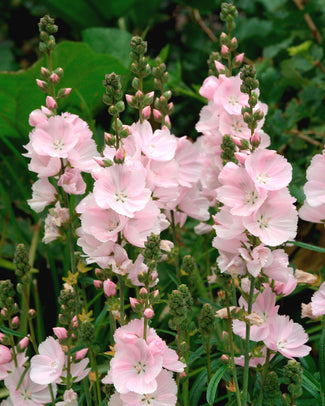
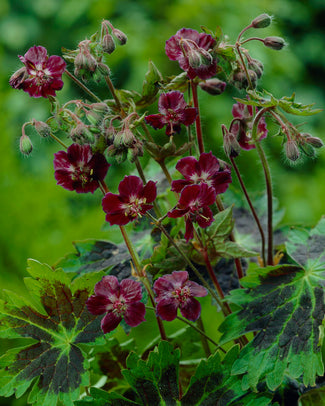
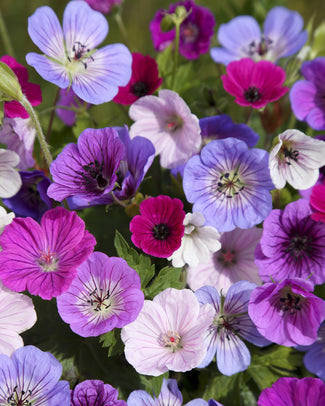
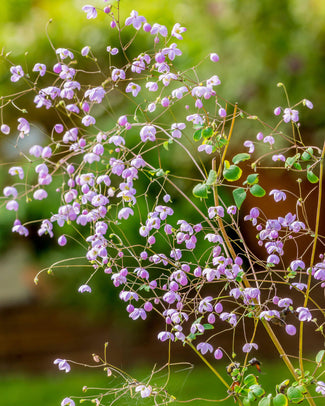
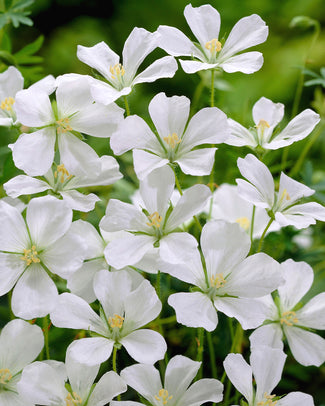
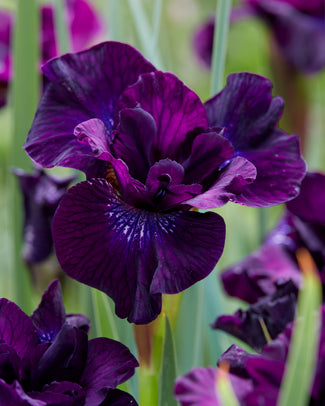
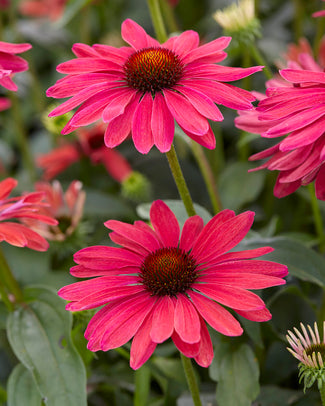
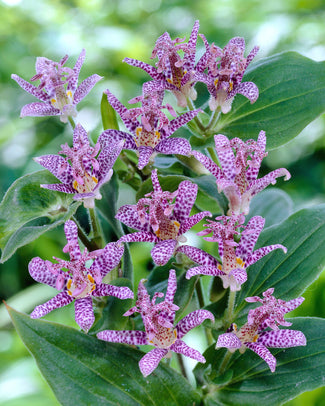
![Agapanthus 'Black Buddhist' []](http://www.farmergracy.co.uk/cdn/shop/products/agapanthus-black-buddhist-1_325x.jpg?v=1575625838)
